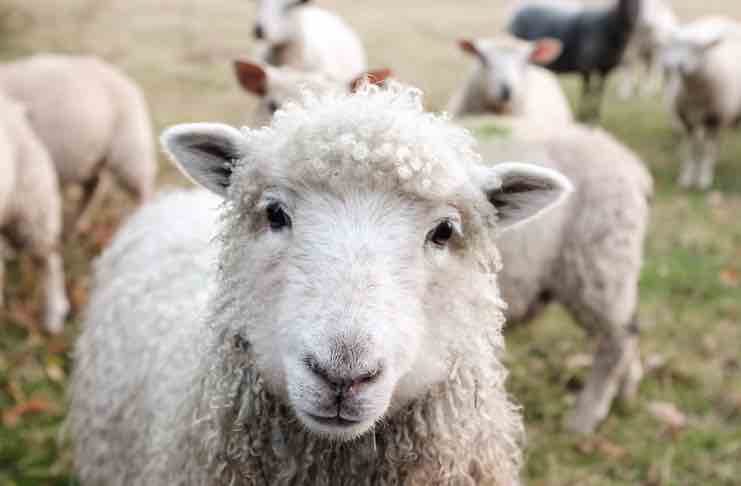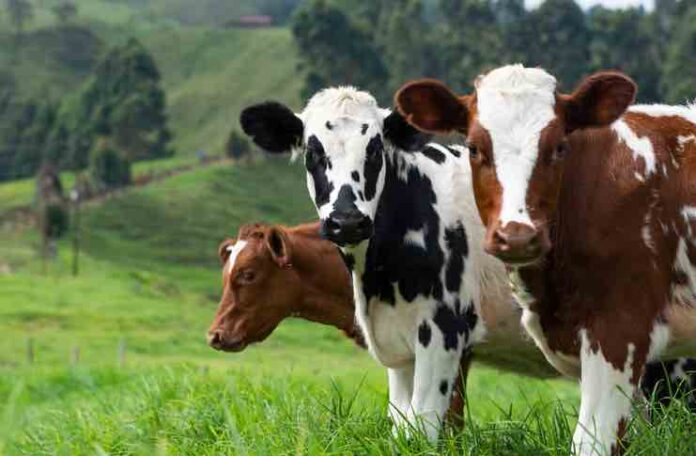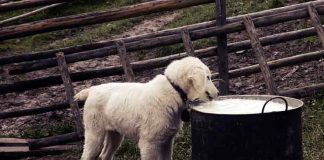Metabolic diseases are a type of illness that affects the metabolism, or the way the body handles energy. In animals, these diseases can be caused by a variety of things, including genetics, diet, and environment. While metabolic diseases are not always preventable, there are things that you can do to minimize your animals’ risk. This article will explore some of the most common metabolic diseases in farm animals and why they occur.
1. Lipidosis
Lipid metabolism disorders involve the abnormal metabolism of fats and lipids. These disorders can lead to the accumulation of fats in the liver, which is known as lipidosis, as well as kidney disease, and heart disease. Cows with lipidosis tend to show signs of depression, as well as weight gain and decreased milk production. Treatments include administering glucose and insulin twice daily.
2. Milk Fever
Milk fever is also known as hypocalcemia. This disease in cows is due to low blood calcium levels. Calcium is vital for normal bodily function in cows, such as keeping the heart and muscles working properly. A cow suffering from milk fever will be drained as its body is working very hard to maintain blood levels in the normal range.
Cows are susceptible to milk fever late in pregnancy, during the rapid growth of the calf, and early in lactation, once the calf is born. Experts at Grow have created treatments for this and other metabolic diseases in animals. Make sure to use the recommended dosage when treating a cow with milk fever.
3. Ketosis
Ketosis is also referred to as pregnancy toxemia. This is a deficit in energy that manifests in cows and sheep as a drop in blood glucose levels. This drop will happen when the cow or sheep has an increased need for energy. For instance, in the late stages of pregnancy and early lactation, similar to milk fever.
If the animal cannot or does not eat enough during this time, their bodies will start to burn body fat for energy instead. This causes the production of large amounts of ketone bodies in the animals’ system. If this sounds familiar, it is because this is what happens in the human body when they are on the keto diet!
Animals with poor-quality feed, experiencing overall poor health, or dealing with any level of stress are more likely to suffer from ketosis. Stressors can include environmental conditions such as overcrowding or inadequate shelter. For instance, temporary farm buildings can play a crucial role in providing proper housing during critical times like late pregnancy and early lactation. These structures help protect animals from harsh weather and create a controlled environment, reducing stress and the likelihood of metabolic diseases like ketosis.
4. Grass Tetany
Grass tetany can also be called grass staggers or hypomagnesemia. This disease is caused by low levels of magnesium in the blood. Magnesium is vital for normal muscle and nerve function. Magnesium deficiency occurs when cows or sheep do not get enough in their diet or if their bodies are not able to absorb the substance properly. This can be caused by having too much potassium from fertilizer in the system.
As with the above-listed diseases, grass tetany occurs most often during late pregnancy and early lactation, when the body is under more pressure. Moreover, as with other metabolic diseases, more aged or stressed animals are more susceptible.
5. Sleepy Sickness
This is a kind of Encephalitis that can occur in sheep during pregnancy. Sleepy sickness is also known as twin lamb disease, and it is a common metabolic disease in sheep in the weeks before lambing. Ewes that are carrying two lambs or more are most at risk of getting sleepy sickness.
Look out for signs of lethargy, loss of balance, and pregnant sheep not eating. The main cause of sleepy sickness is underfeeding sheep in late pregnancy. You should give ewes more feed near lambing if they are carrying multiples.

6. Equine Metabolic Syndrome
Equine metabolic syndrome, shortened to EMS, is a metabolic disease caused by blood insulin levels that are too high. This can lead to increased fat deposition in the horse’s body and a reduced ability to lose weight. This syndrome affects horses bred to survive in harsh conditions, such as ponies, donkeys, Arabians, and mustangs. These horse breeds use glucose in the body very efficiently to make sure they have sufficient energy reserves when food is scarce.
EMS is treated with dietary management. This means limiting non-structural carbohydrate (NSC) consumption.
7. Carbohydrate Metabolism Disorders
Carbohydrate metabolism disorders involve the abnormal metabolism of carbohydrates. These disorders can lead to the accumulation of sugar in the blood, which is called hyperglycemia, and in the urine, glycosuria. Moreover, cows with carbohydrate metabolism disorders can experience weight gain and diabetes.
Talk to a veterinarian about the special diets, supplements, and medications that can treat carbohydrate metabolism disorders in farm animals.
So, there you have it. This has been a very brief look at metabolic diseases in cows, sheep, and horses. These diseases come in many forms and are a major health concern for farm animals. They can cause a variety of serious health problems, including obesity, diabetes, and heart disease. While there is no one-size-fits-all solution to preventing or treating these conditions, early detection and intervention are critical to ensuring the best possible outcome for your pet. If you suspect your animal may be suffering from a metabolic disease, talk to an expert as soon as possible.
Want to read more of our latest posts? Check out this post about dogs and cheetahs living together in a Zoo.



